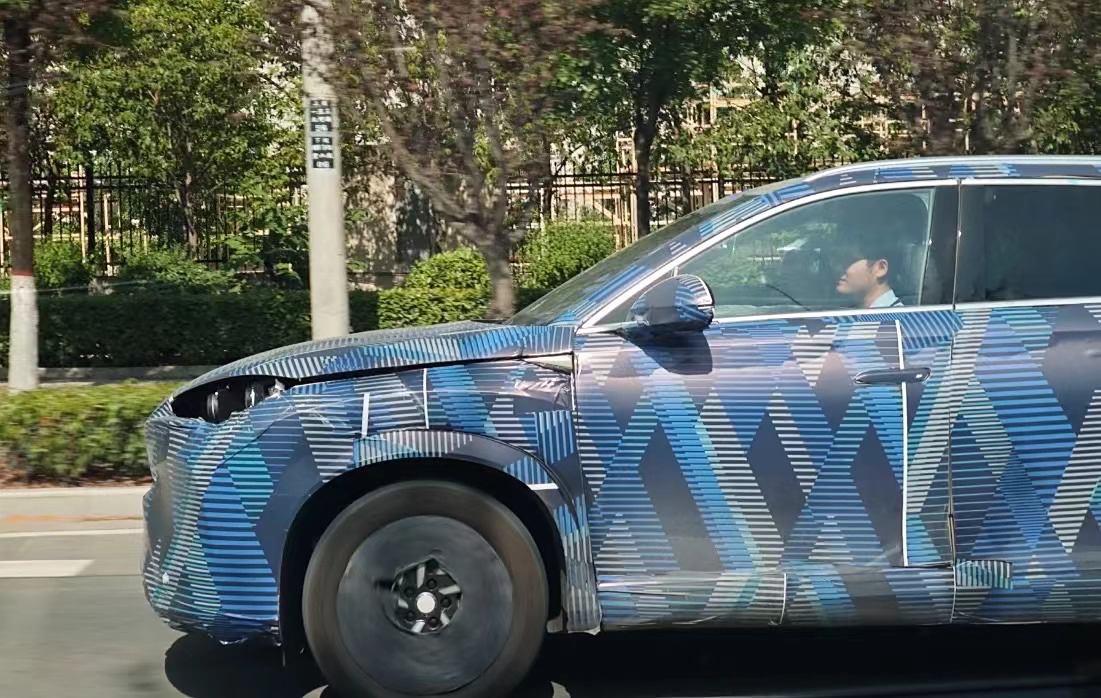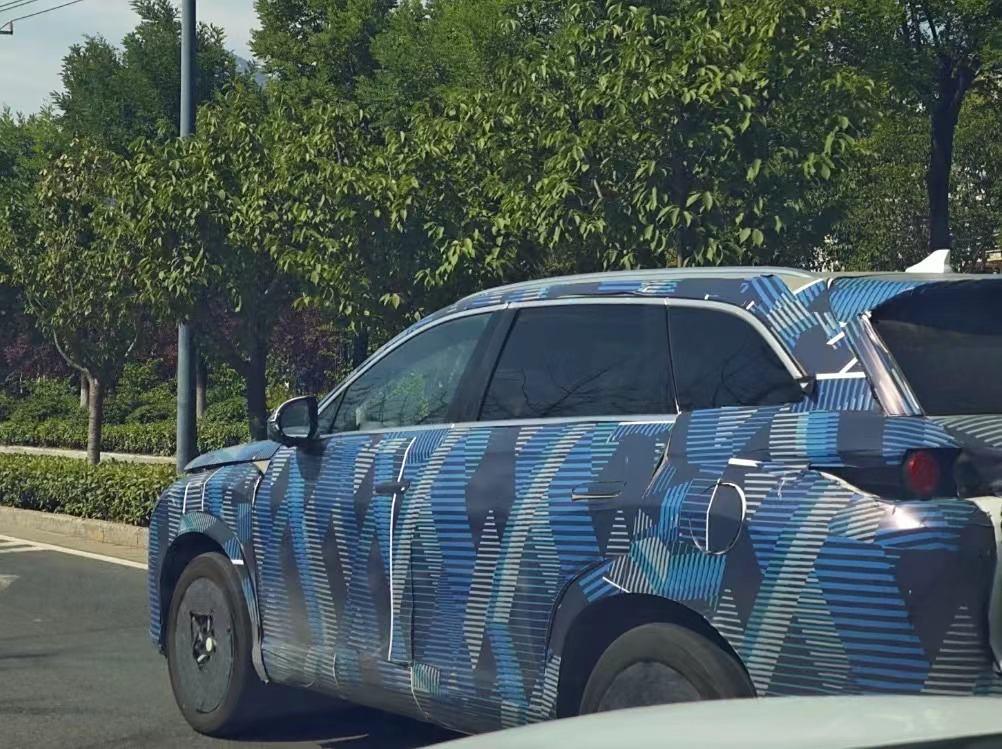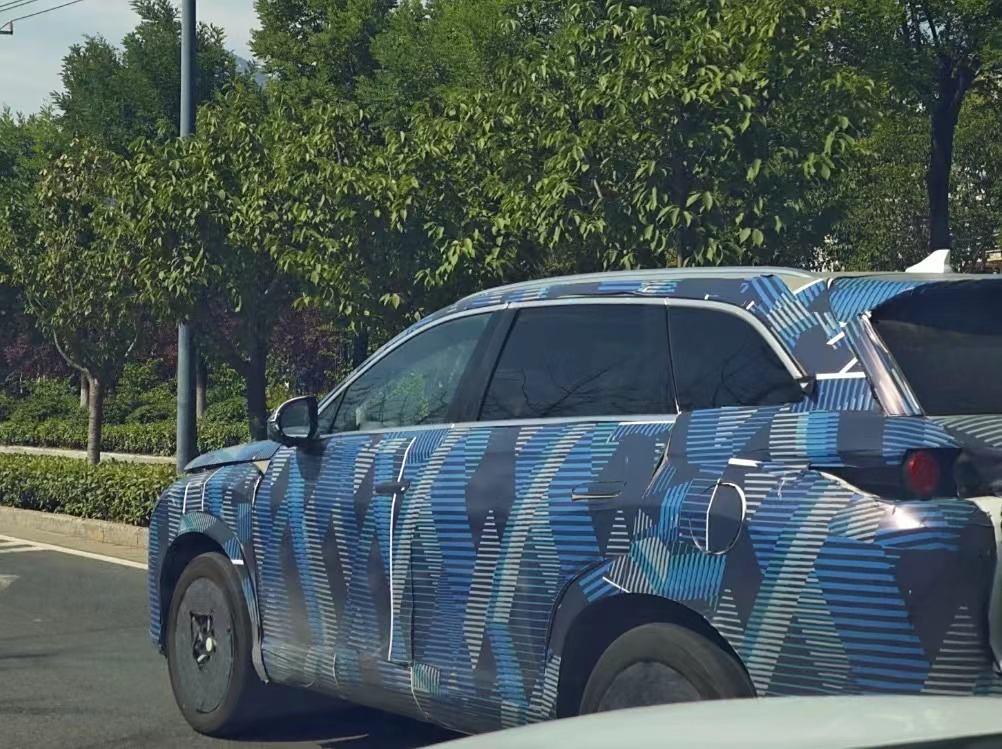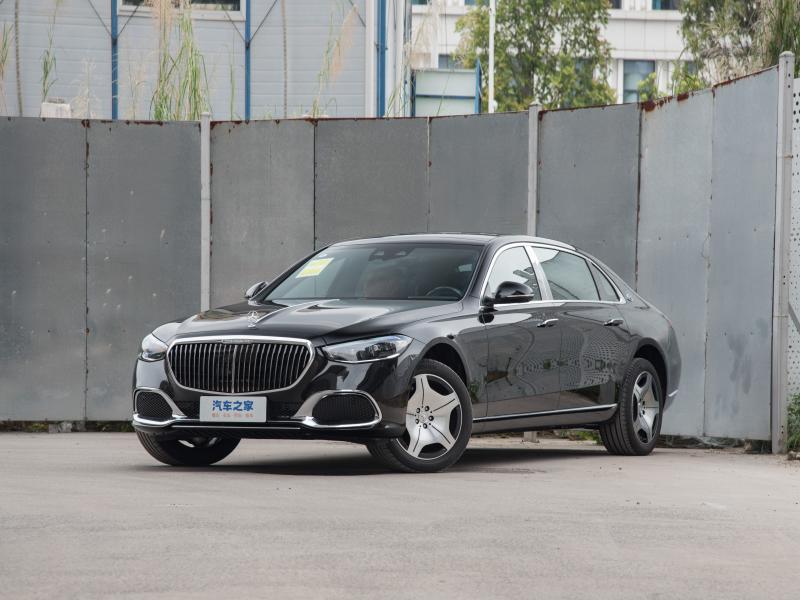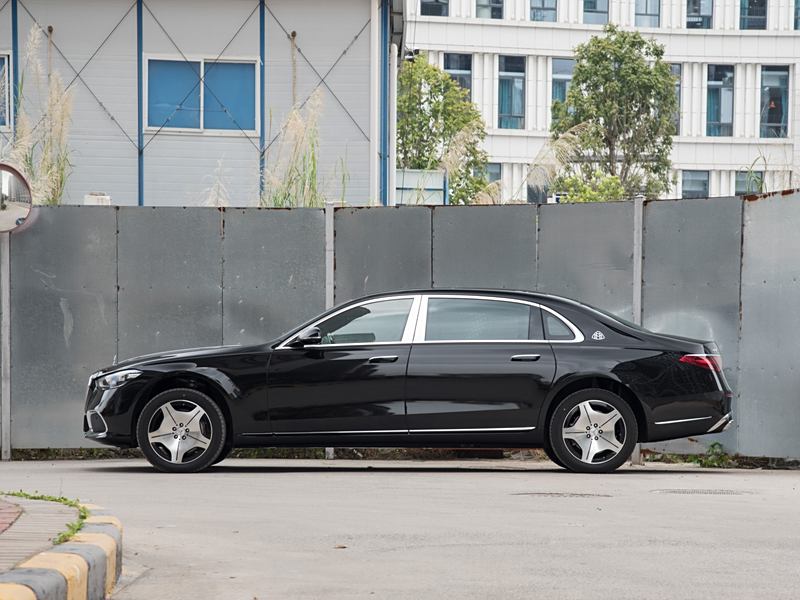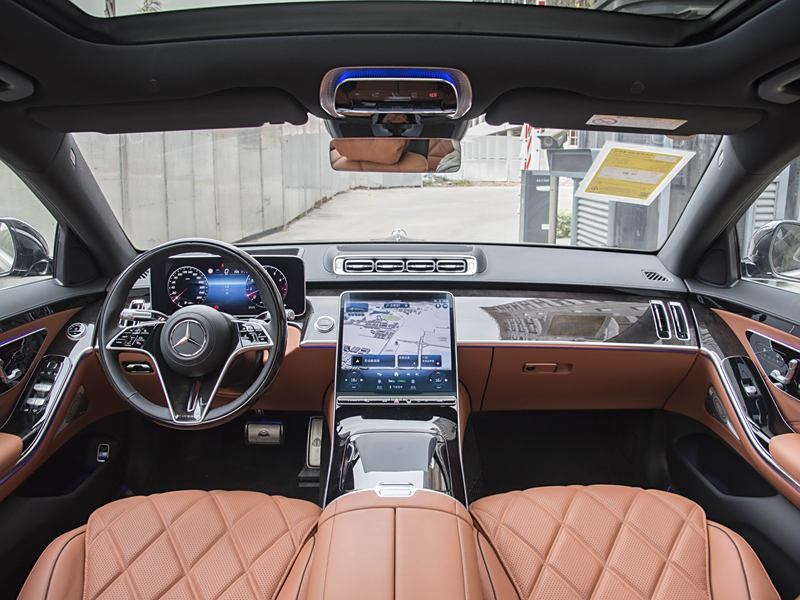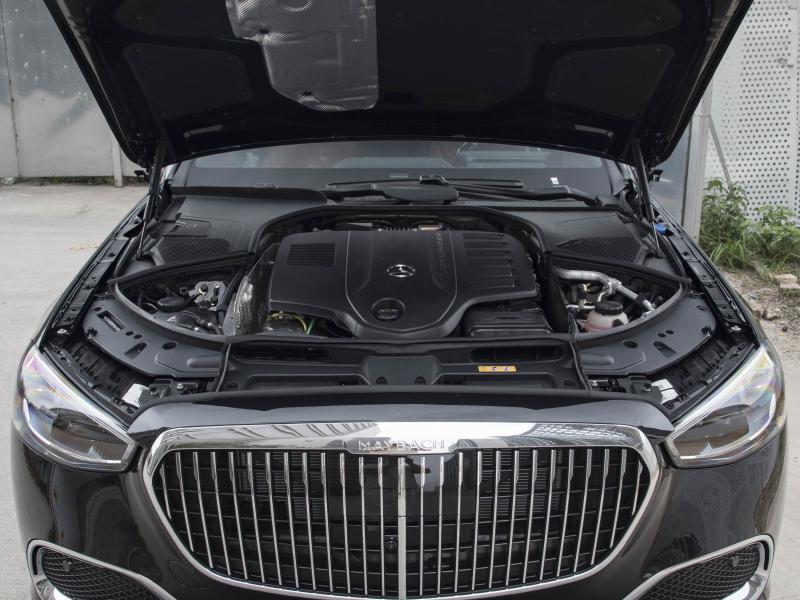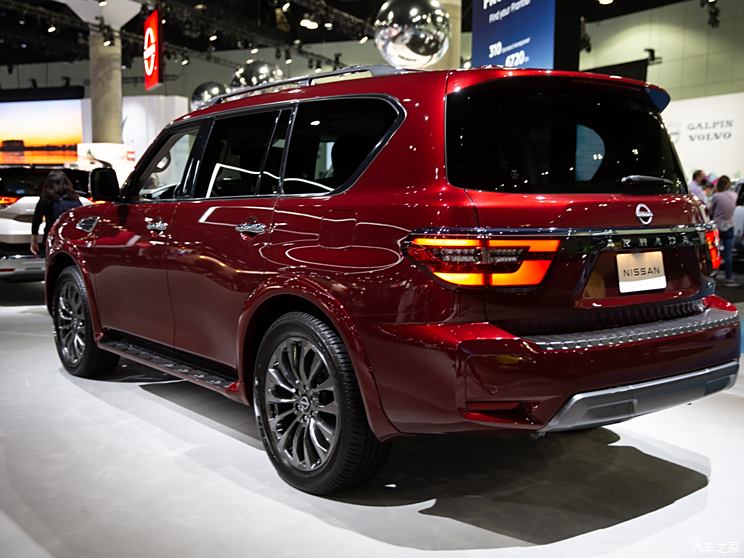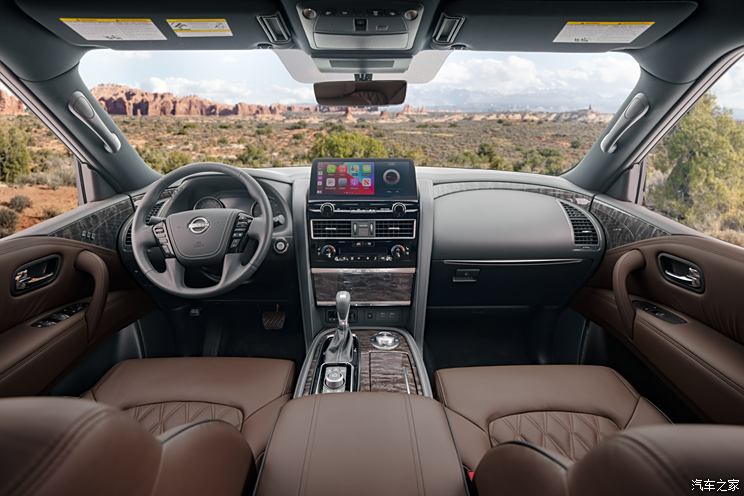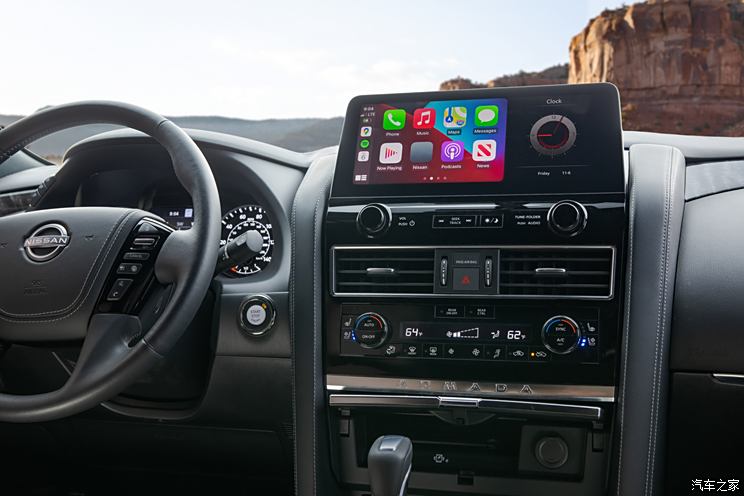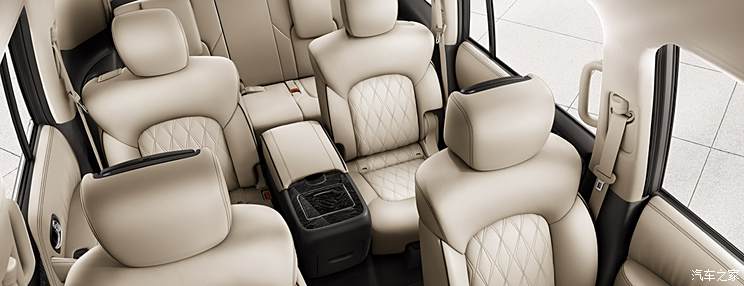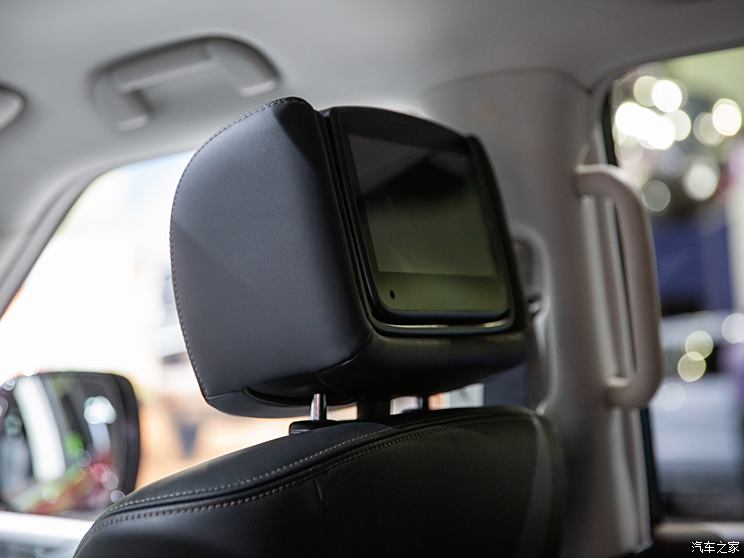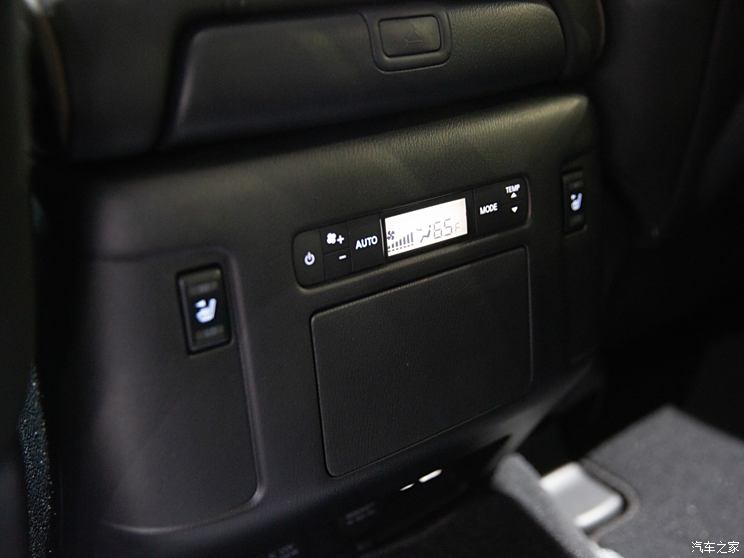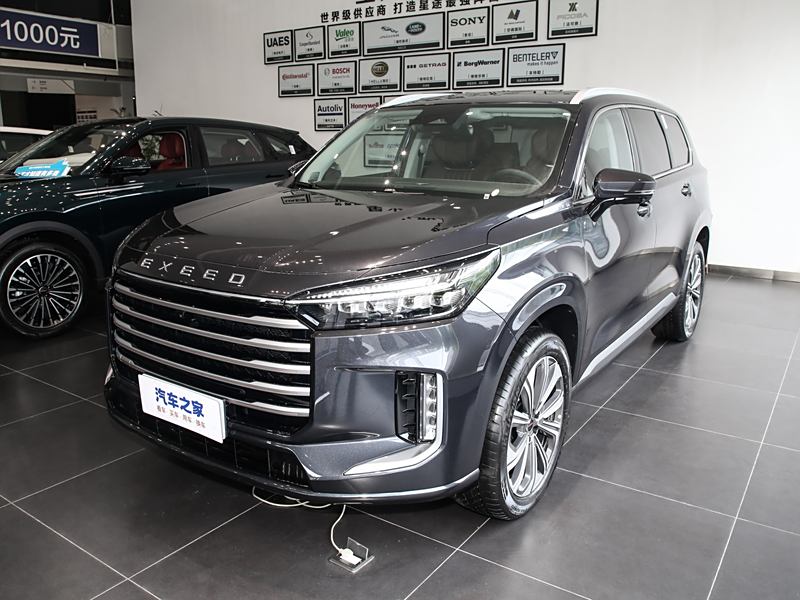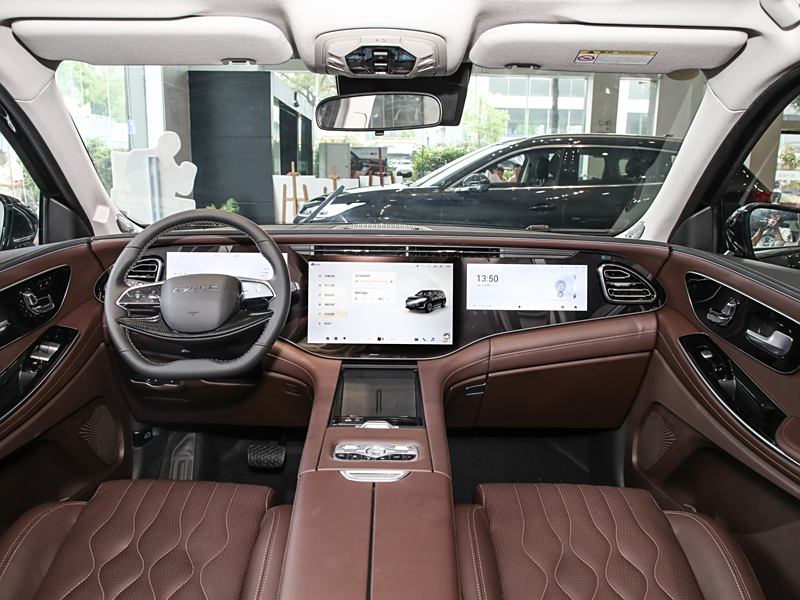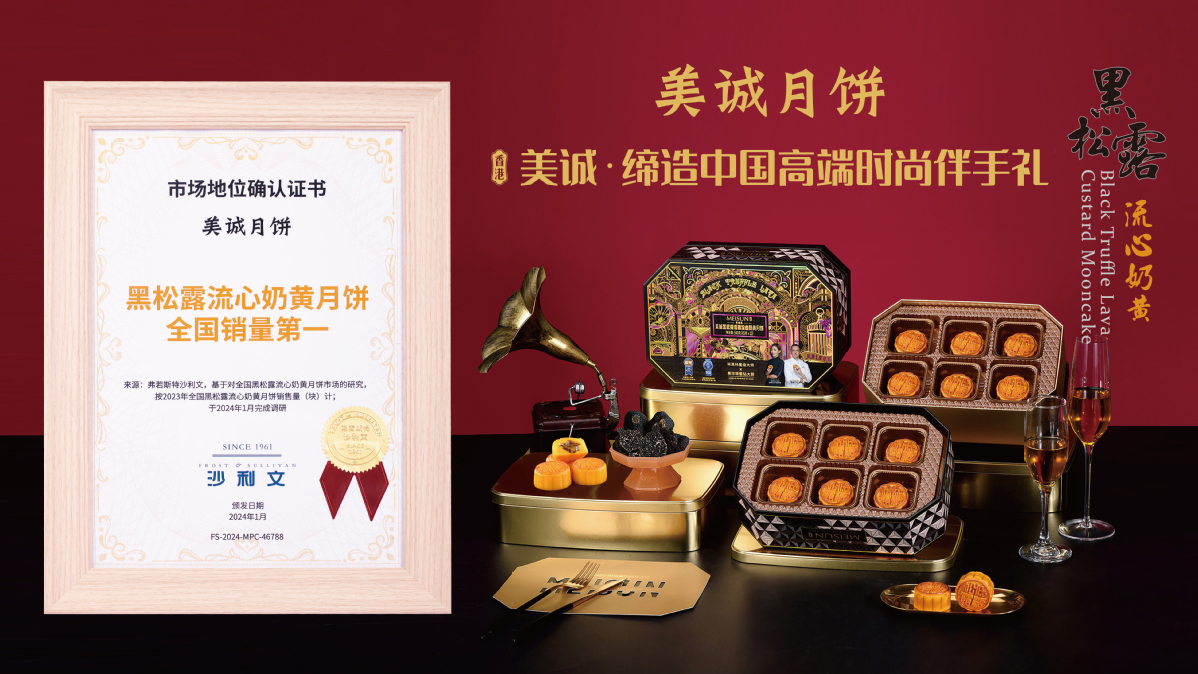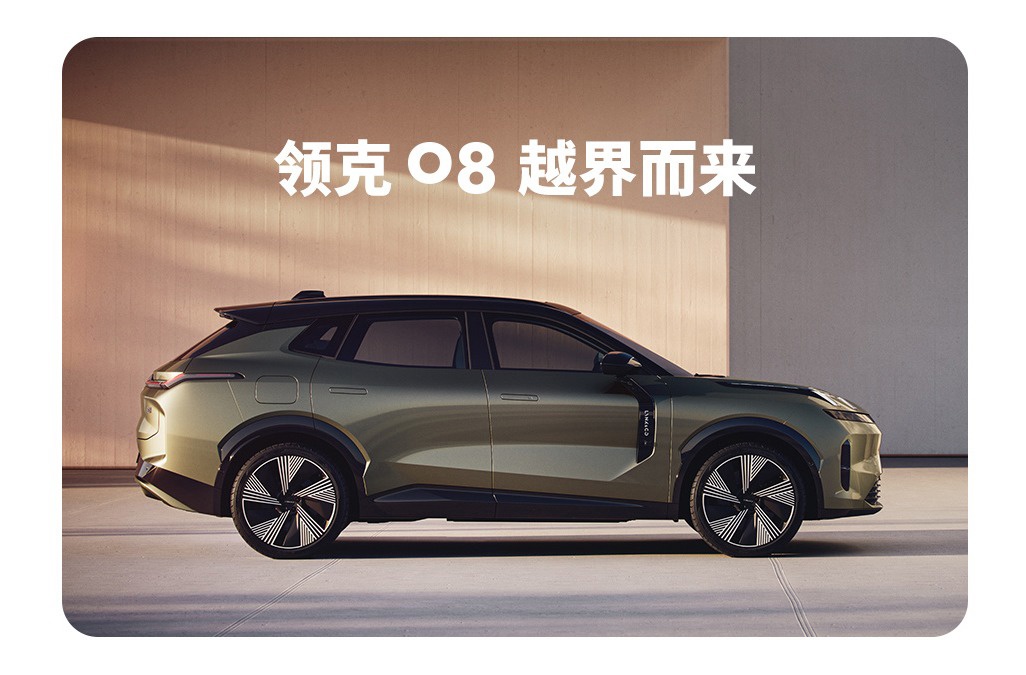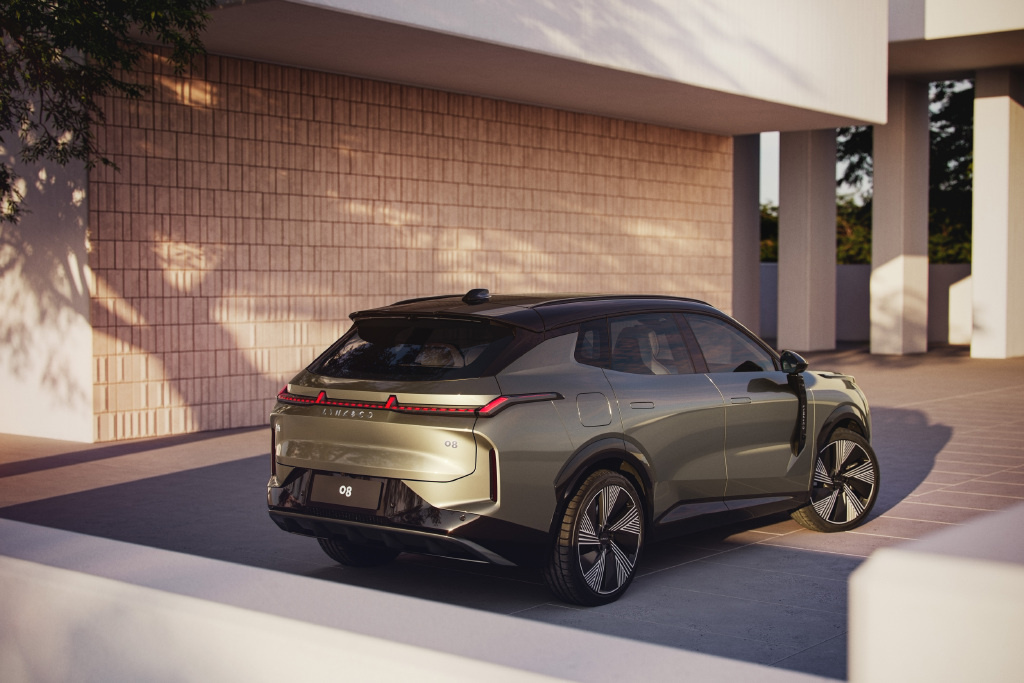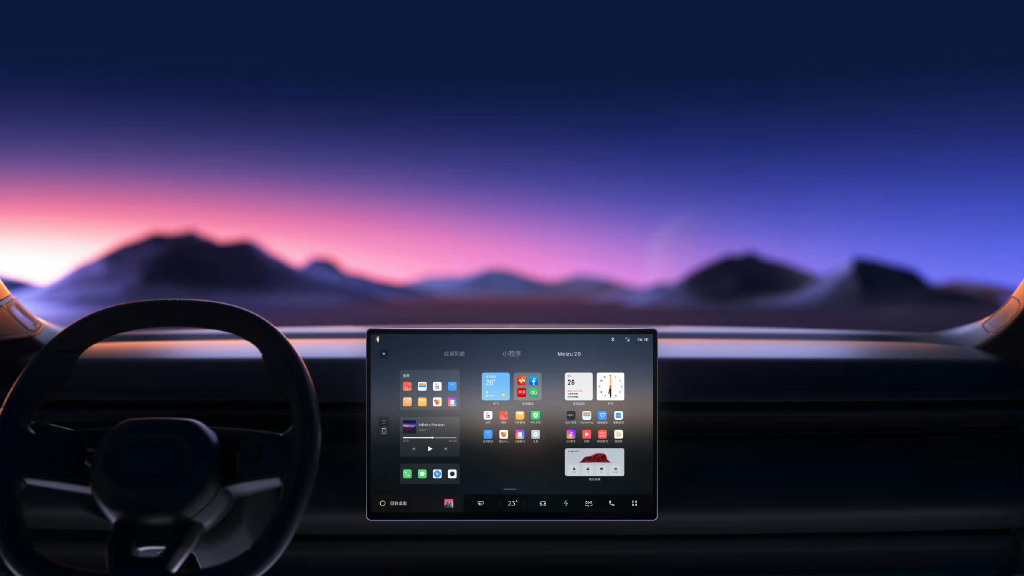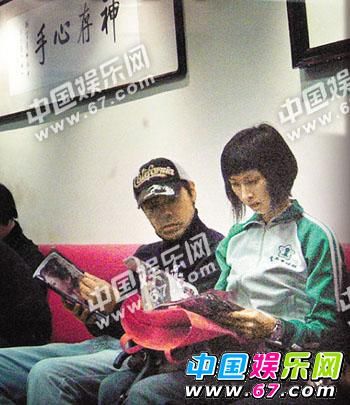 Liu Qingyun and Guo Aiming went to the clinic to see the rich doctor.
Liu Qingyun and Guo Aiming went to the clinic to see the rich doctor.
 The two have been married for many years and are as loving as ever.
The two have been married for many years and are as loving as ever.
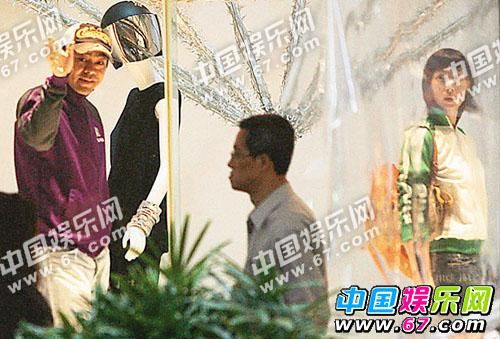 After seeing the doctor, Qingyun was quite alert and looked around to see if there were any reporters present.
Afterwards, a reporter was spotted, and he waved to the camera before leaving through the secret passage.
After seeing the doctor, Qingyun was quite alert and looked around to see if there were any reporters present.
Afterwards, a reporter was spotted, and he waved to the camera before leaving through the secret passage.
China Entertainment Network, April 19 Liu Qingyun and Guo Aiming are recognized as a loving couple in the silver altar. They have been dating for six years and married for nine years, but they have never had a plan to have a baby. They suddenly changed their tune a few years ago, and the woman confessed that she would welcome the baby at any time without defense, while the man publicly stated that he would consider having a baby. They also privately asked their friend Guan Yonghe for a baby.
However, the situation had changed recently. Qing Yun, who had always been healthy and normal, had originally suffered from congenital hypertension, which affected the heart, so he had to see a doctor more frequently recently. On the afternoon of April 3, the reporter found that he had accompanied Guo Aiming to Central Building in Central to find a famous cardiologist Xie Defu, known as the "rich imperial doctor".
Qingyun has this kind of genetic disease, although it has no effect on her work, but when the reporter asked Guo Aiming whether she planned to have a baby a few days ago, she said with certainty: "In short, I have decided not to have a baby!"
Suicide congenital high blood pressure
Regarding the matter of seeing a cardiologist, a reporter interviewed Liu Qingyun on Monday (14th). He downplayed the incident on the grounds of purely regular checkups, but he quickly blew himself up and suffered from congenital high blood pressure.
Remember: Recently, I saw you and your wife go to see a cardiologist in Central?
Liu: (thinking about it) Yes, I’m going to do a bodycheck!
Remember: But that’s a cardiologist?
Liu: Yes… I’ve been watching him for a long time. Several times a year, my family watches him. I know even Patten has seen him.
Remember: Is there something wrong with your heart?
Liu: (stunned) No… it’s my congenital high blood pressure… It’s a small matter, I’m in good health, thank you for your concern.
Remember: In fact, you were filming before to lose weight and gain weight. Does it affect the heart? Will it have angina?
Liu: Oh, it doesn’t matter, I’m in good health, don’t worry.
According to Zhiqingyun, congenital high blood pressure is a genetic disease. Generally, it is inherited by the parents’ own genes, which has no impact on their ability to work. However, if the patient is not properly handled, the consequences can be quite serious. The most serious cause is cerebral embolism, which is a stroke crisis.
In fact, Liu Qingyun and Guo Aiming have been married since 1999, and their love is very much not talked about, even their daily life is quite healthy. They have been living in a village house in Saigon with less cars and good air, and they go shopping in Saigon City in their spare time. They live almost semi-retired life, which is believed to be related to Qingyun’s congenital high blood pressure.
As for every time he talked about the issue of having a baby in the past, Guo Aiming claimed that his family did not give pressure, and also said that Qingyun’s brother and sister also have children, and they have been weak since childhood, and they have to rely on traditional Chinese medicine for long-term conditioning. "The so-called before the age of 30, people deceive people, and after the age of 30, they deceive people. No matter how good my physical condition is, I will give birth to BB!"
Once undefended
Until 2006, Qingyun and his wife changed their "no birth" attitude. Guo Aiming released the wind in a charity fundraising event, saying that she was unguarded and ready to welcome the arrival of a little life at any time. At the same time, she frequently asked her old friend Guan Yinghe, who was about the same age, to give birth to a baby. As for Qingyun’s 2007 win with "I Want to Be Famous"When he won the Academy Award for Best Actor, he was also happy to say that he would consider having a baby to give birth to Xingxing. At that time, the outside world thought that the two couples were actively making people. "At that time, Qingyun’s hypertension should be well controlled, and Amy (Guo Zhiyang’s name) was not young (Guo is now 40 years old), so he thought that if he wanted to give birth, it would be difficult to wait any longer. However, I heard that Qingyun has been seeing cardiology frequently recently." According to a person familiar with the matter.
In 2006, Guo Aiming confessed that she hated having children unguarded. In April 2007, the reporter also found that she and Qingyun often dated Guan Yonghe and Zhang Jiahui, who were successful in giving birth to elderly women, and practiced consulting Guan Yonghe to regulate menstruation and pregnancy with traditional Chinese medicine.
Insist that it will not be born
At 2 pm on Tuesday (15th), Qingyun drove with Guo Aiming to go shopping in Saigon. The reporter took the opportunity to ask Guo Aiming in person. Although she did consider getting pregnant earlier, she said with certainty at this stage that "she will not give birth". It is unknown whether it is related to Qingyun’s body.
Remember: Knowing Qingyun’s congenital hypertension will affect the birth plan you mentioned earlier?
Guo: (laughs) Alas, it won’t happen… His name is actually "essential hypertension", I already knew it when I married him!
Remember: Is it because of this that it affects the decision to give birth to BB?
Guo: Ask again? In short, I decided not to give birth!
Remember: You are so skinny!
Guo: I’m trying so hard to gain weight, but I don’t want to have a baby anymore!
Remember: What will be the work schedule after that?
Guo: I won’t (take on the play) this year, Qingyun will take on the play, and I will shoot it later!
After that, Guo Aiming received a call from Qingyun, who had already parked his car nearby. After the two met, they dragged their hands and went shopping in love. It seemed that the question of whether to have children or not would never affect the relationship between this model couple in Yintan.
High blood pressure and stroke at any time
According to the Hong Kong government’s Department of Health, hypertension refers to when a person is resting and the blood pressure continues to exceed 140/90mmHg. Since hypertension has no symptoms, it is called "invisible killer". Continued excessive blood pressure will increase symptoms such as coronary heart disease, heart failure, and kidney failure. To prevent hypertension, in addition to regular physical examination, it is necessary to do more exercise, control weight, and improve lifestyle habits.
The reporter also asked Dr. Wu, a cardiologist, who said that high blood pressure can be divided into hereditary and predisposing two types. Hereditary means that one generation of its own gene belt is left behind, that is, the primary congenital problem. As for predisposing, it is caused by other diseases such as kidney disease that lead to high blood pressure.
If high blood pressure is not handled properly, the consequences are quite serious, which may lead to cerebral embolism, that is, stroke or even paralysis crisis, and may also lead to serious diseases such as cardiac embolism. Because some blood pressure drugs have different degrees of side effects, if taken for a long time, it can even affect fertility problems.
Mr. And Mrs. Yopi
As Guo Aiming said, after the age of 30, she became sick and deceived, and Qingyun had long-term high blood pressure, so she and Qingyun lived a normal and healthy life after marriage. However, she would maintain a cheerful mood and try to enjoy the world of two people.
Practice yoga
In order to keep fit, Guo Aiming, who practices qigong, has called Qingyun to practice yoga in recent years. On April 4, the reporter found that the two couples went to Tsim Sha Tsui to learn yoga together. After that, Qingyun was still dancing on the street, as if discussing yoga movements.
Travel charging
The couple go on trips to recharge their batteries almost every year, and in recent years have visited Japan, Paris, Malaysia, and other places to relieve stress.
Raise a dog to relieve boredom
Qingyun and Guo Aiming, who had no children, chose to raise a dog to relieve boredom. They would release their dogs regularly every day, and their lives were quite regular.
Cut production and make dramas
A good actor, Liu Qingyun, makes an appointment to make a set of movies a year, earning nearly one million yuan; as for Guo Aiming, he selectively makes dramas. In recent years, he has filmed "My Wife and Eight Husbands" and "No Reflection" for ATV.
At 4 p.m. on April 3, Liu Qingyun, accompanied by his wife Guo Aiming, went to Xie Defu Medical Center, a cardiologist. During the waiting period, Guo looked at entertainment magazines to relieve his boredom, and Qingyun held women’s magazines, but looked left and right, a little absent-minded before seeing the doctor.
On the 3rd of this month, at 4 pm, reporters found Liu Qingyun and Guo Aiming wearing sports coats for couples in Central, but they did not sigh at hightea or go to famous stores to sweep goods, but rushed into the famous doctor-lined Zhongjian Building.
See the doctor for half an hour
Afterwards, the reporter went to the "813 Medical Center" on the 16th floor to search and found that the two couples were waiting for treatment in the clinic of Dr. Xie Defu. At that time, the clinic was full of waiting patients. They sat side by side, but they did not say a word during the waiting period, only reading magazines to relieve their boredom. Soon a girl called "Liu Sheng" softly, and the two entered the doctor’s room. During this time, Guo Aiming hurriedly came out and whispered to the girl, and soon returned to the doctor’s room, looking a little nervous.
After about half an hour, the two of them both stepped out, and after leaving the clinic, they went downstairs to Swarovski to see the crystal. At the scene, Qingyun, who had seen the doctor, was not in a different mood, but he often looked left and right to inspect, paying attention to whether there were reporters around, and was very cautious. After that, the two went to the nearby famous store Joyce, which seemed to be shopping for battle clothes for the Academy Awards ceremony held on the evening of the 13th. During this time, Qingyun was still careful and deliberately stood at the main entrance for a while to search for reporters. After finding it, he waved generously to the camera.
This Sunday (13th) at the Academy Awards ceremony, Qingyun, who became a hit actor with "Detective" before the game, finally lost to Jet Li. After that, the couple also went to a private party to congratulate Jet Li.
Shoot the snake
According to Dr. Xie Defu, who was supported by the educated youth cloud, he was an authority in the heart department and enjoyed a high reputation in the industry. Even Li Ka-shing, Zheng Yutong and other rich people also helped him, so he was called the "rich imperial doctor".
The next day, the reporter went to the clinic as a patient to "release snakes", and during the electrocardiogram in the room, he inquired about Liu Qingyun’s condition. A staff member revealed: "His husband and wife are very nice, very nice, Liu Sheng was introduced by his mother… He has high blood pressure! Of course, he recently lost weight for filming and then lost weight. He smoked all day long, and he smoked a lot of second-hand cigarettes without smoking!"
Afterwards, a girl took the reporter into the doctor’s room and waited in the room for nearly 10 minutes before Dr. Xie Defu appeared for treatment.
When the reporter mentioned that Qing Yun had always had a problem with blood pressure, the doctor did not answer directly, only saying: "In fact, many people in Hong Kong have high blood pressure, and high blood pressure will cause many complications. You will know when you see people suddenly die every day in the newspaper!" The implication is that high blood pressure is a symptom that cannot be ignored.
In mid-2006, when Qingyun filmed "Detective", he confessed to taking weight loss pills. At that time, he first lost 20 pounds and then gained 20 pounds, and then shot "Missing" and lost 25 pounds to cooperate with his blind role. Qingyun, who has long-term high blood pressure, had to face the physical and psychological pressure of a sudden increase in weight. At that time, it was said that he was depressed. Even he himself said: "Girls are very fat, but they can get fat first and then lose weight, but I am even more depressed. I am worried that I will not be able to accept it!"
The black and solid Qingyun has always been strong, but when he shot "Detective" in mid-2006, he lost weight and then gained weight and then lost weight, causing his face to be haggard, and it was also reported that he was depressed and made great sacrifices for art. (Source of this article: China Entertainment Network)
